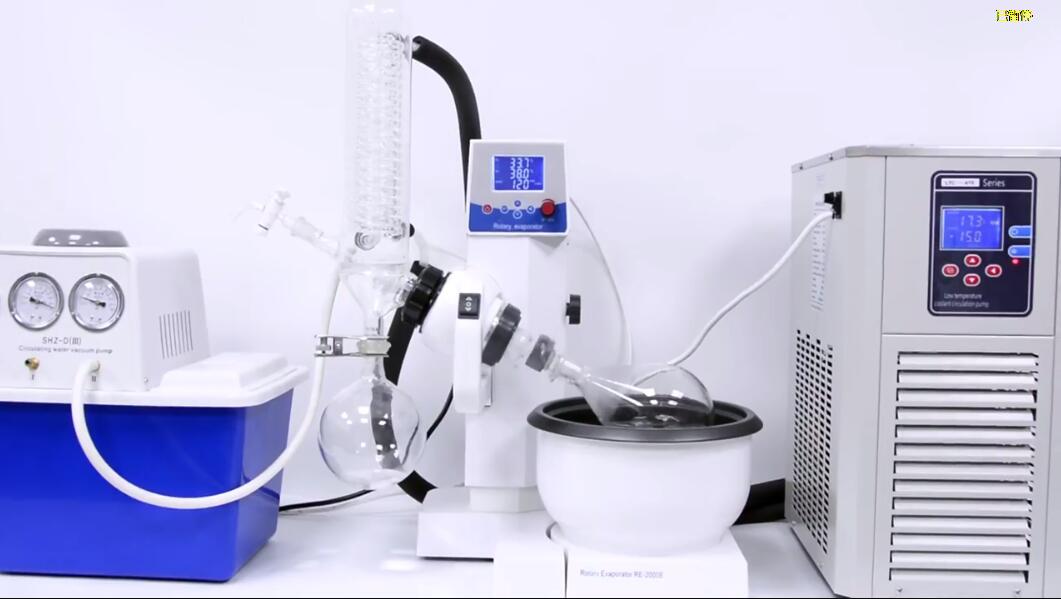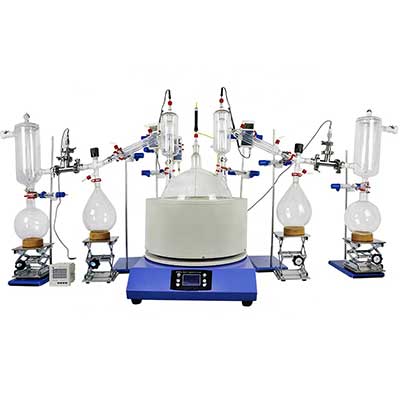
This is known as continuous, steady-state fractional distillation. Unless the process is disturbed due to changes in feed, heat, ambient temperature, or condensing, the amount of feed being added and the amount of product being removed are normally equal. New feed is always being added to the distillation column and products are always being removed. In most cases, the distillation is operated at a continuous steady state. Fractional distillation is necessary when the boiling points of the liquids in the original mix are close enough to each other that simple distillation is not enough to purify either compound.įractional distillation is the most common form of separation technology used in petroleum refineries, petrochemical and chemical plants, natural gas processing and cryogenic air separation plants. Each cycle produces a mixture richer in the more volatile compound than the mixture before it. (Fig:-2)įig 2: Typical Simple (Binary) distillation Schematicįractional distillation is similar to simple distillation, except the same process is repeated in successive cycles. This process is called simple distillation. If the two liquids in the original mix have widely different boiling points, a one-step evaporation and recondensation process is all that is necessary.

The recondensed liquid will have a higher concentration of the more volatile component than the original mix. In simple distillation, the liquid mixture is heated and the vapor rises through a tube and is collected and recondensed. In a mixture of two liquids with different boiling points, the vapor will have more of the liquid that is more volatile, i.e., evaporates more readily. Vapor pressure is different for different substances and varies with temperature. The pressure of the vapor at this equilibrium is called the vapor pressure. If water is placed in a sealed container and allowed to evaporate, it will eventually reach equilibrium such that the water vapor is condensing just as fast as the water is evaporating. This paper will highlight more on distillation processes and its important parts, factors affecting on distillation with graphical representation mainly focusing on Refinery Crude distillation Process (Fig 1) There are various types of distillation processes as listed below, however, most prevalent types for refinery and petrochemical applications are Fractional Distillation, Vacuum Distillation and Steam Distillation. It is important to note that distillation is not a chemical reaction but it can be considered as a physical separation process.ĭistillation process mainly divided into two one is Batch distillation where the distillation process operates for particular batch quantity especially solvent recovery units in Pharmaceutical and Agro Chemicals, while the other type is continuous distillation process which is used for large quantity for longer period of time especially in Refinery, Petrochemical, Heavy Chemicals and so on.

It is for this last that distillation is most famous-alcoholic beverages are produced through a process of distillation. Distillation is a useful technique in chemistry labs, where chemists use it to purify a compound, and also in industry, especially in the petrochemical and refining industry and in the manufacture of ethanol. It is a separation technique that can be used to either increase the concentration of a particular component in the mixture or to obtain (almost) pure components from the mixture. Ø What is Distillation? And Why distillation is important?ĭistillation is a procedure that separates a mixture of liquids with different boiling points or say using factor of relative volatility.


 0 kommentar(er)
0 kommentar(er)
